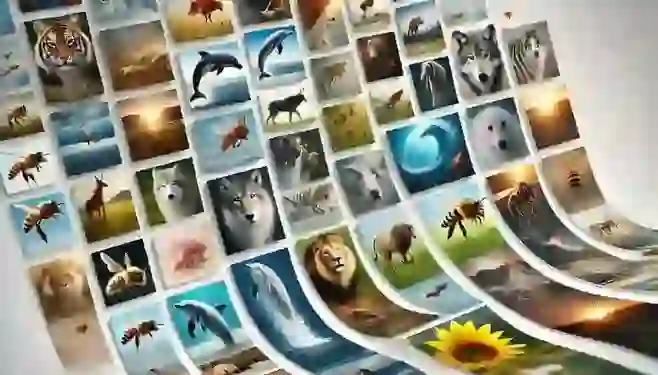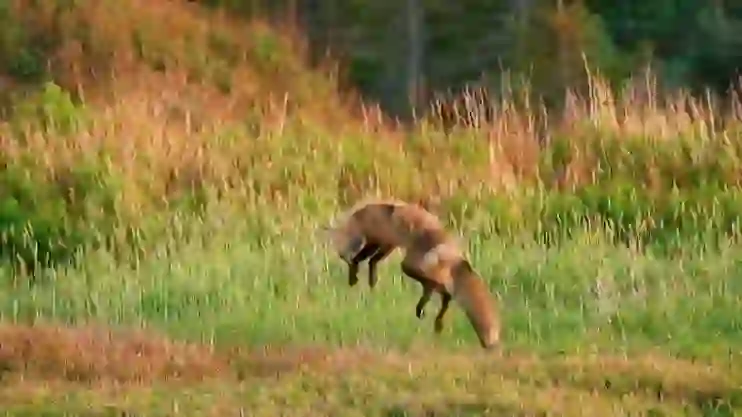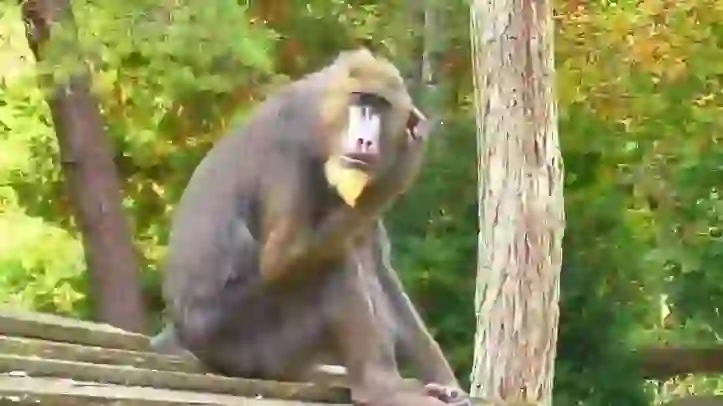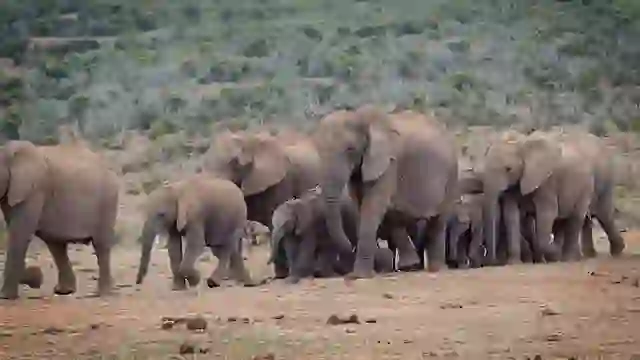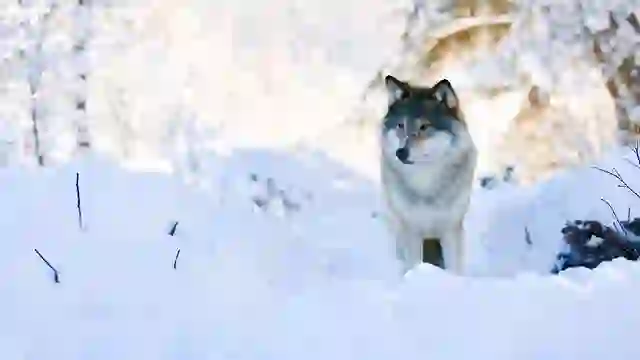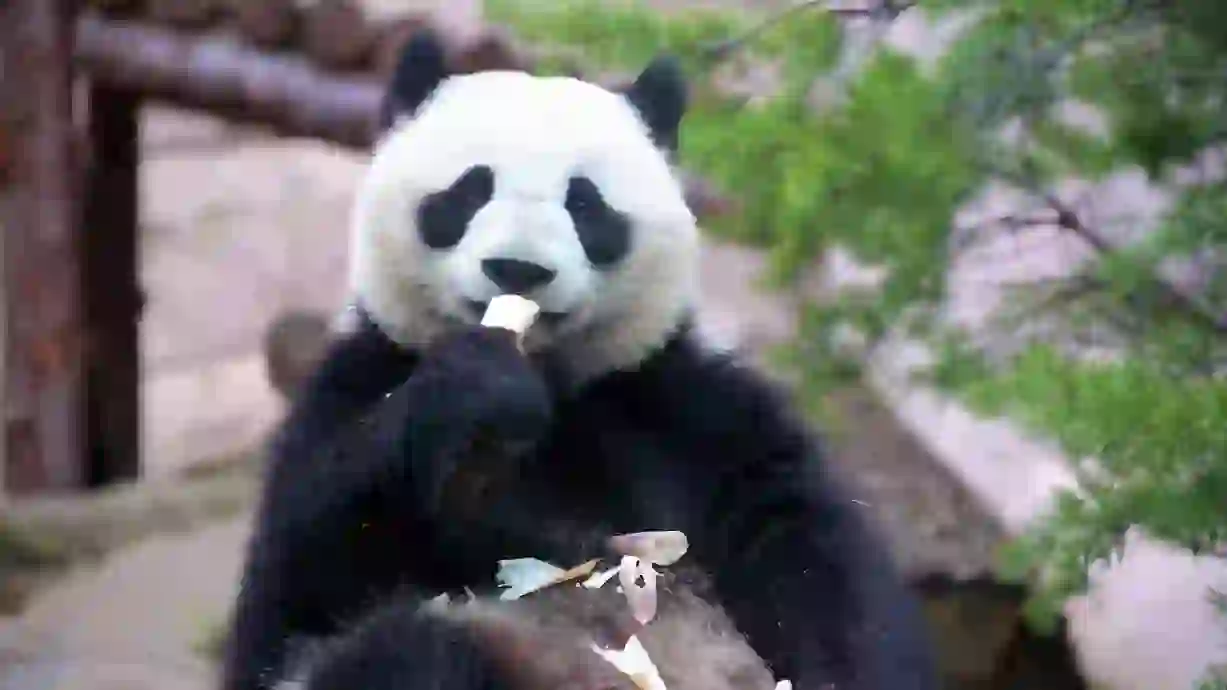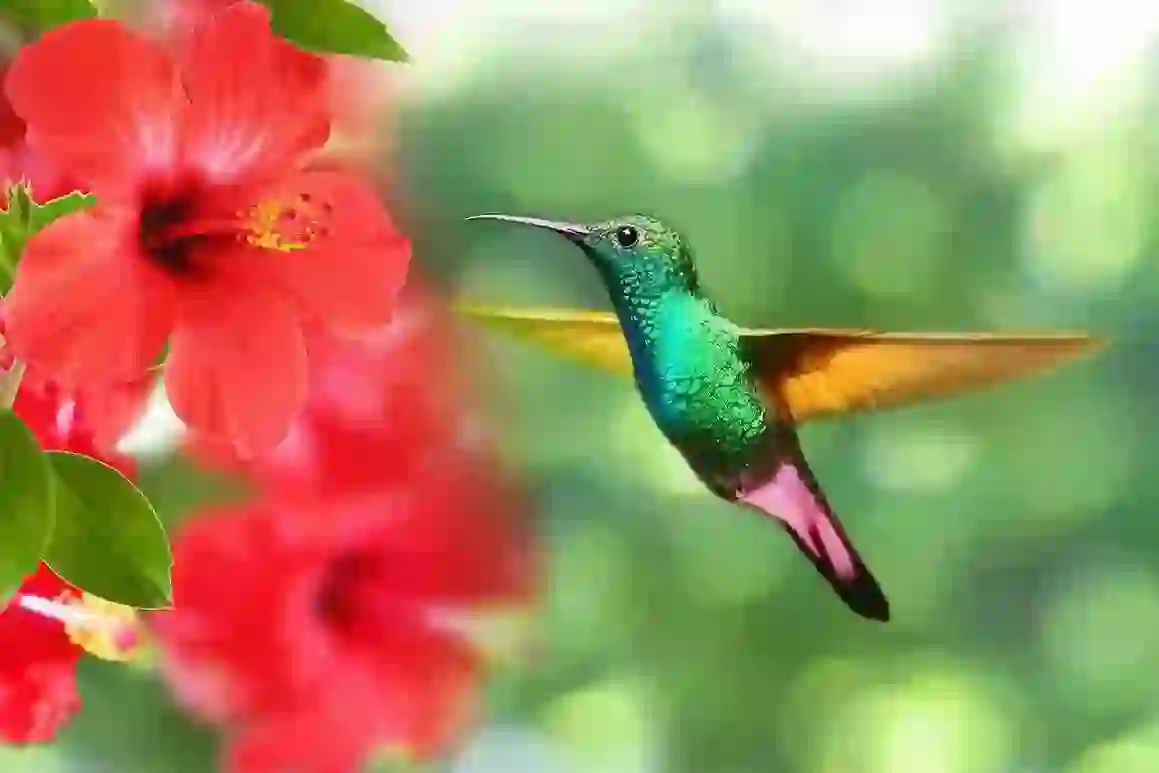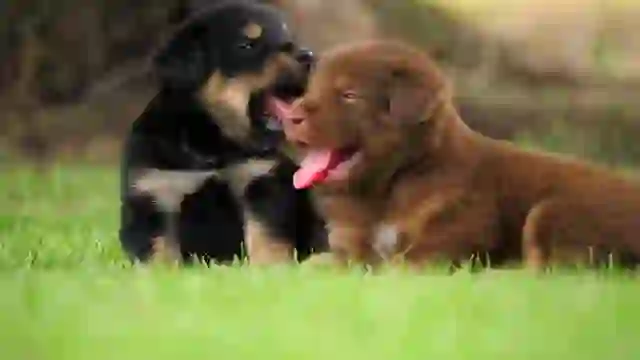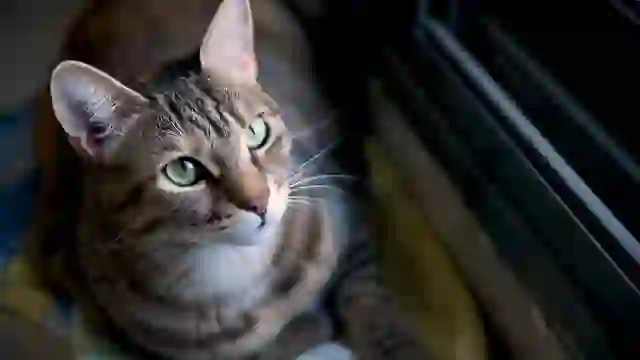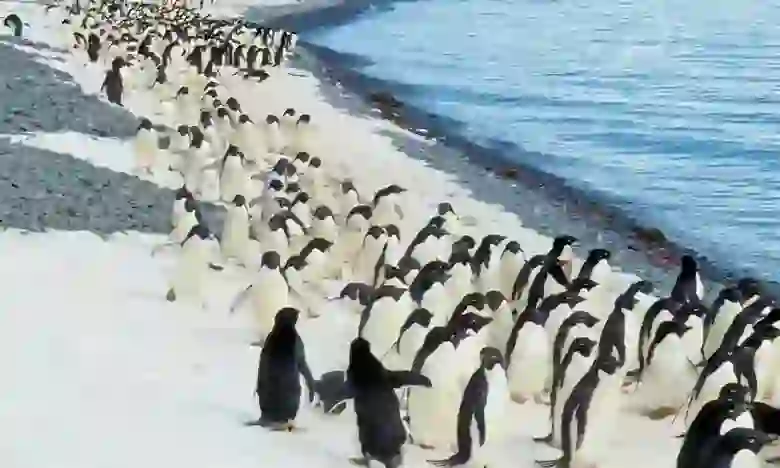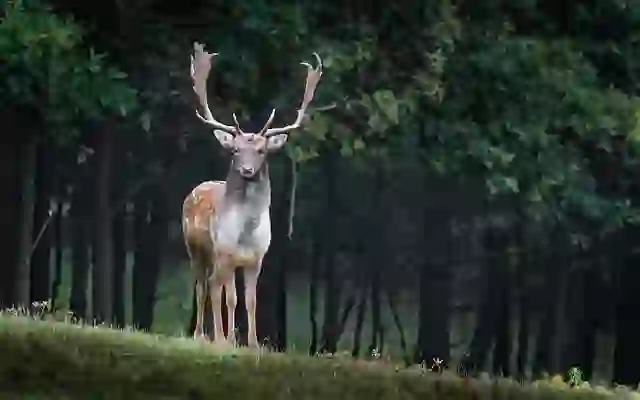
Fallow Deer
Fallow Deer
Fallow Deer
In the forests of Europe, the fallow deer graces us with its elegance. Its beautiful spotted coat and impressive antlers captivate all who see it. Let's take a closer look at the ecology of the fallow deer and the environment they inhabit.
Fallow Deer Basic Infomation
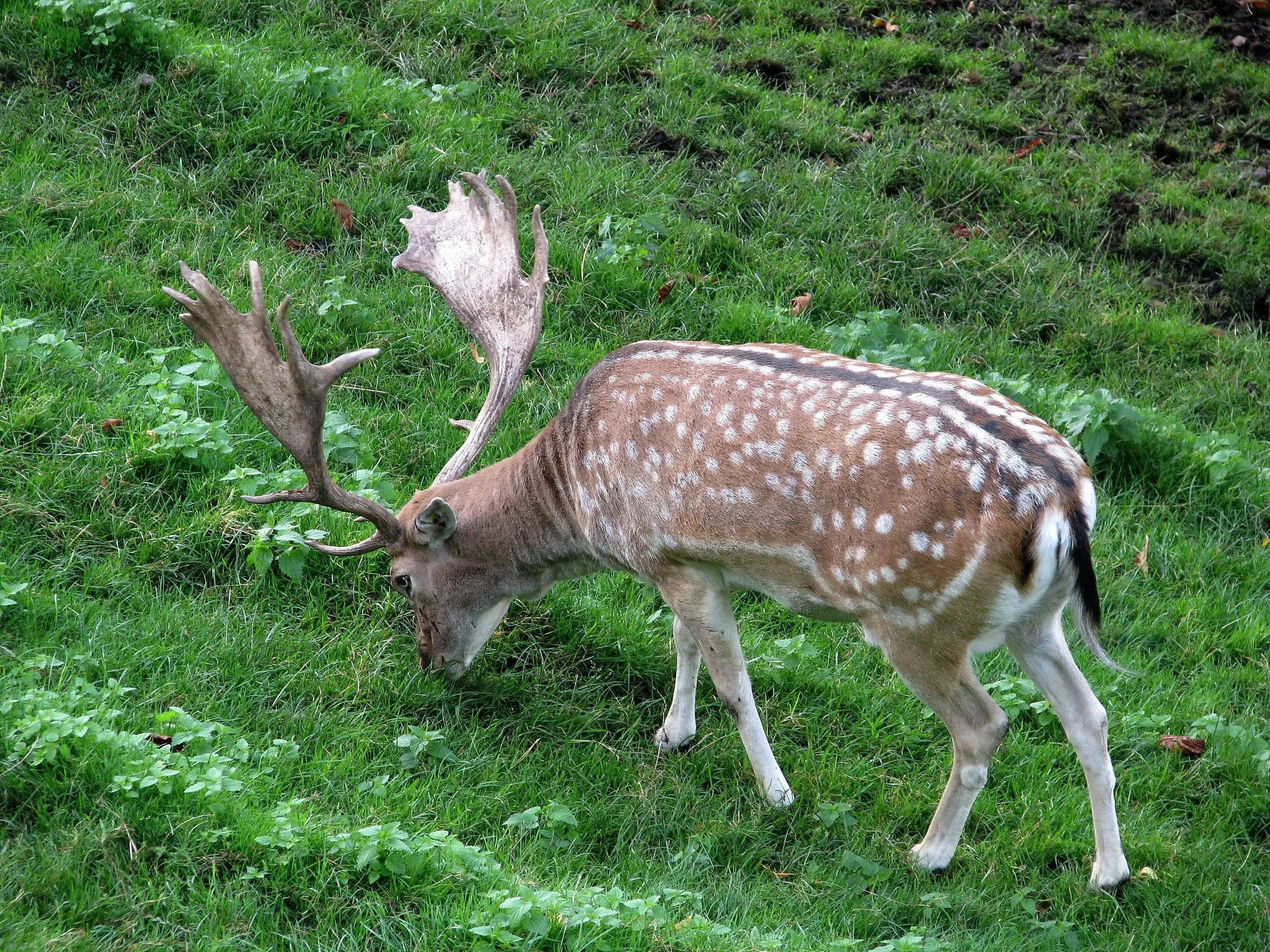
| Property | Value |
|---|---|
| Scientific Name | Dama dama |
| Taxonomic Status | SPECIES |
| Rank | SPECIES |
| Vernacular Names | Fallow Deer |
| Kingdom | Animalia |
| Phylum | Chordata |
| Class | Mammalia |
| Order | Artiodactyla |
| Family | Cervidae |
| Genus | Dama |
| Habitats | Forests and grasslands of Europe, Asia, and Western Asia |
| Descriptions | Fallow deer are widely distributed in Europe and Western Asia, and are characterized by their distinctive white spots and reddish-brown fur. |
| Conservation Status | Least Concern |
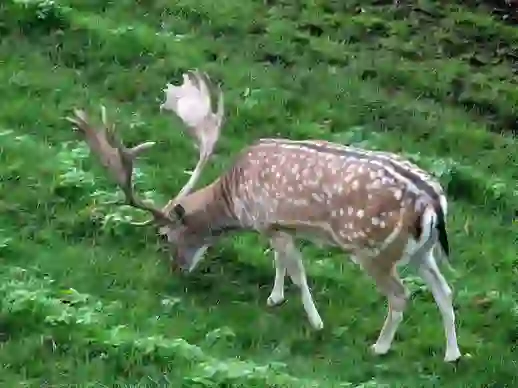
Size
Body length is approximately 1.3 to 1.75 meters, and shoulder height reaches about 0.85 to 1 meter. Males are larger than females, with males weighing 40 to 100 kilograms and females 30 to 50 kilograms.
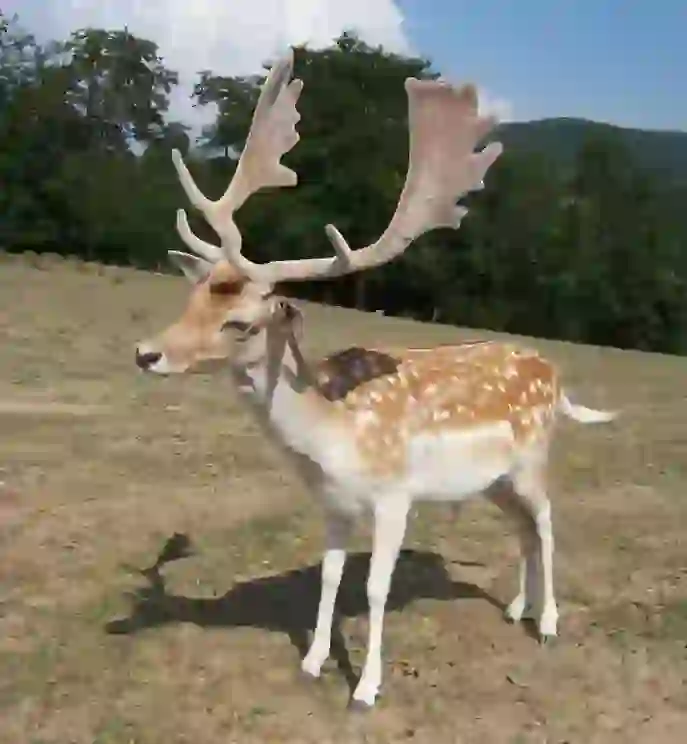
Lifespan
About 20 to 25 years in the wild.
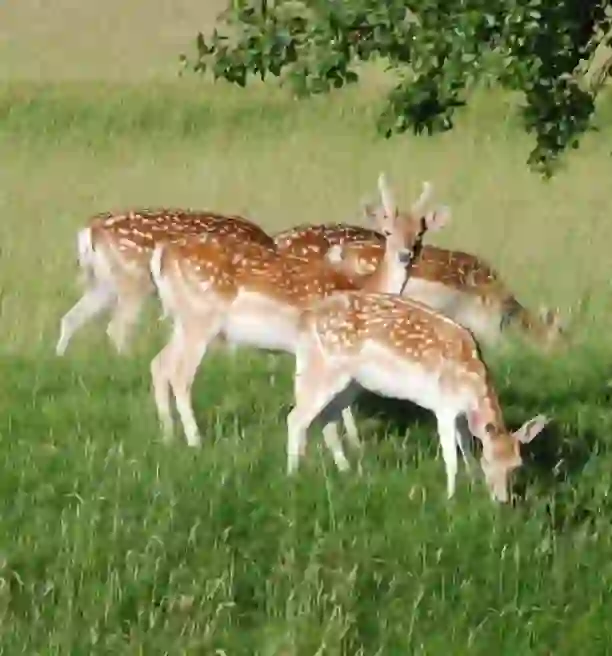
Distribution
Originally native to Europe and Western Asia, they have now been introduced to various parts of the world and are widely distributed. In Japan, they are kept in zoos, and feral individuals have been confirmed in some areas.
Fallow Deer Q&A

What is the origin of the name 'fallow deer'?
The English name "Fallow Deer" comes from combining the word "fallow," meaning "uncultivated land," and "deer." This is because fallow deer were often seen in fallow lands in Europe.

What are the characteristics of fallow deer?
Fallow deer are characterized by their white spotted summer coat. Their winter coat has fainter spots and is generally darker in color. Males also have large, flat antlers. These antlers are shed and regrown every spring, reaching their full splendor in autumn.

What do fallow deer eat?
Fallow deer are herbivores and eat grasses, leaves, fruits, and seeds. Their diet varies depending on the season. They eat new shoots and young leaves in spring, grass and fruits in summer, and acorns and chestnuts in autumn.
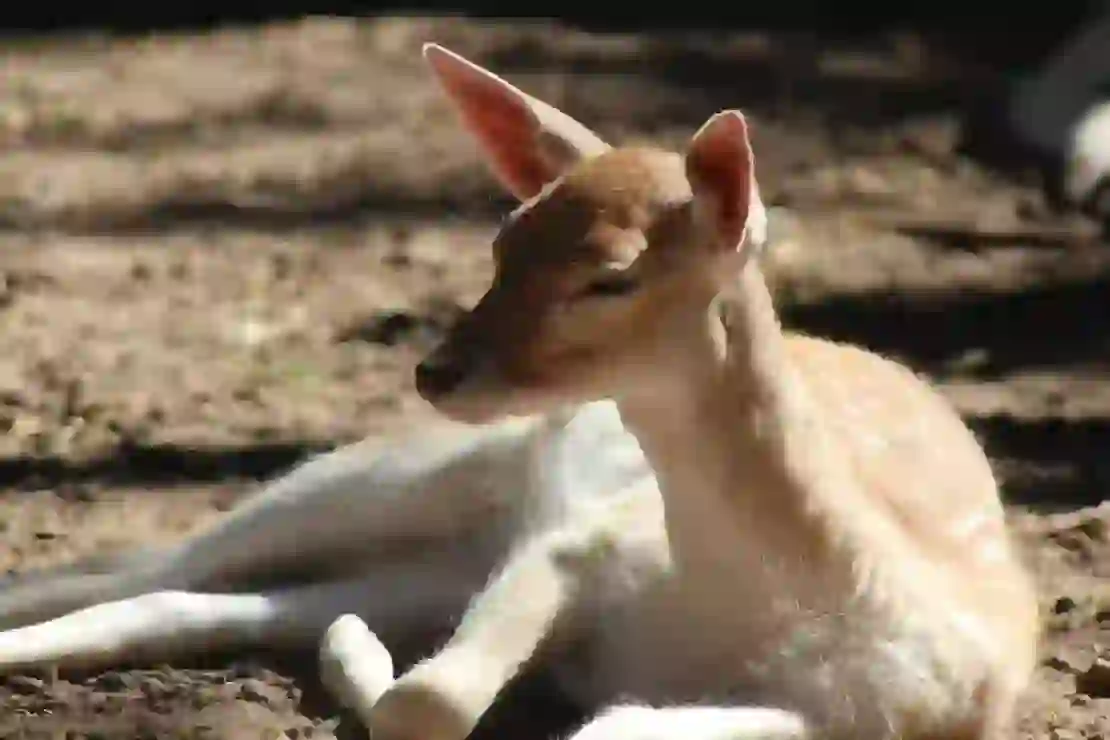
[Quiz!] How can you tell male and female fallow deer apart?
The key to distinguishing between male and female fallow deer is... the antlers! Male fallow deer have large, impressive antlers, while females do not. Also, males are larger and have a more robust build than females.

[Quiz!] What pattern do fallow deer fawns have?
Fallow deer fawns are born with white spots. These spots act as camouflage in the forest, making them look like dappled sunlight filtering through the trees and harder for predators to spot.

[Quiz!] What sound do fallow deer use to communicate?
Fallow deer communicate with a high-pitched "pew-pew" sound. This sound is often used between mothers and fawns. They also use this call to alert each other to danger.

Would you like to become a part of the 'Animalbook.jp'?
Turn your knowledge into Q&A and share it with the world. ※Publication will be activated after purchase. Let's share information together!
Fallow Deer Type of List

Fallow Deer Ecology
- Live in herds
- Males compete for females during the breeding season
- Herbivorous
- Eat different things depending on the season
- Nocturnal
Information
Congratulations! You are the first commenter!

Create Your Favorite List!
Fallow Deer
Save the animals you love! Build your own list to quickly revisit your favorites later.

Would you like to leave a comment?
※Please note: This is for the purchase of rights to post comments within the article.
Find Your Favorites!
Our shop offers a unique and attractive selection of goods themed around various animals.
Fallow Deer References
Fallow Deer Introduction of media used

Roland zh, CC BY-SA 3.0, via Wikimedia Commons

B.Navez, CC BY-SA 3.0, via Wikimedia Commons

Rob Bendall(For more information, see my userpage...), Attribution, via Wikimedia Commons

Patricia Carabelli, CC BY-SA 3.0, via Wikimedia Commons

Help Enrich Our Animalbook.jp with Your Media!
We are constantly looking to expand and enrich our Animalbook.jp with amazing photos and videos of animals. If you have any media that you'd like to share, please contribute and help us showcase the beauty and diversity of the animal kingdom. Your submissions will be credited and featured in our encyclopedia, reaching a wide audience of animal lovers.


